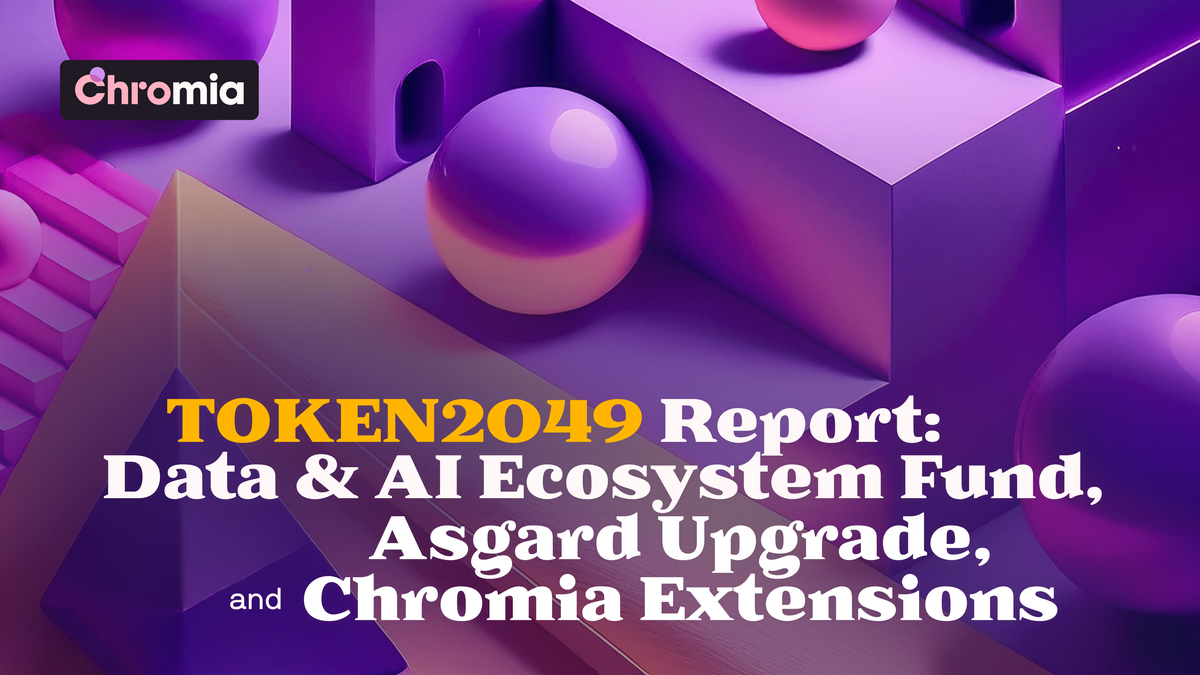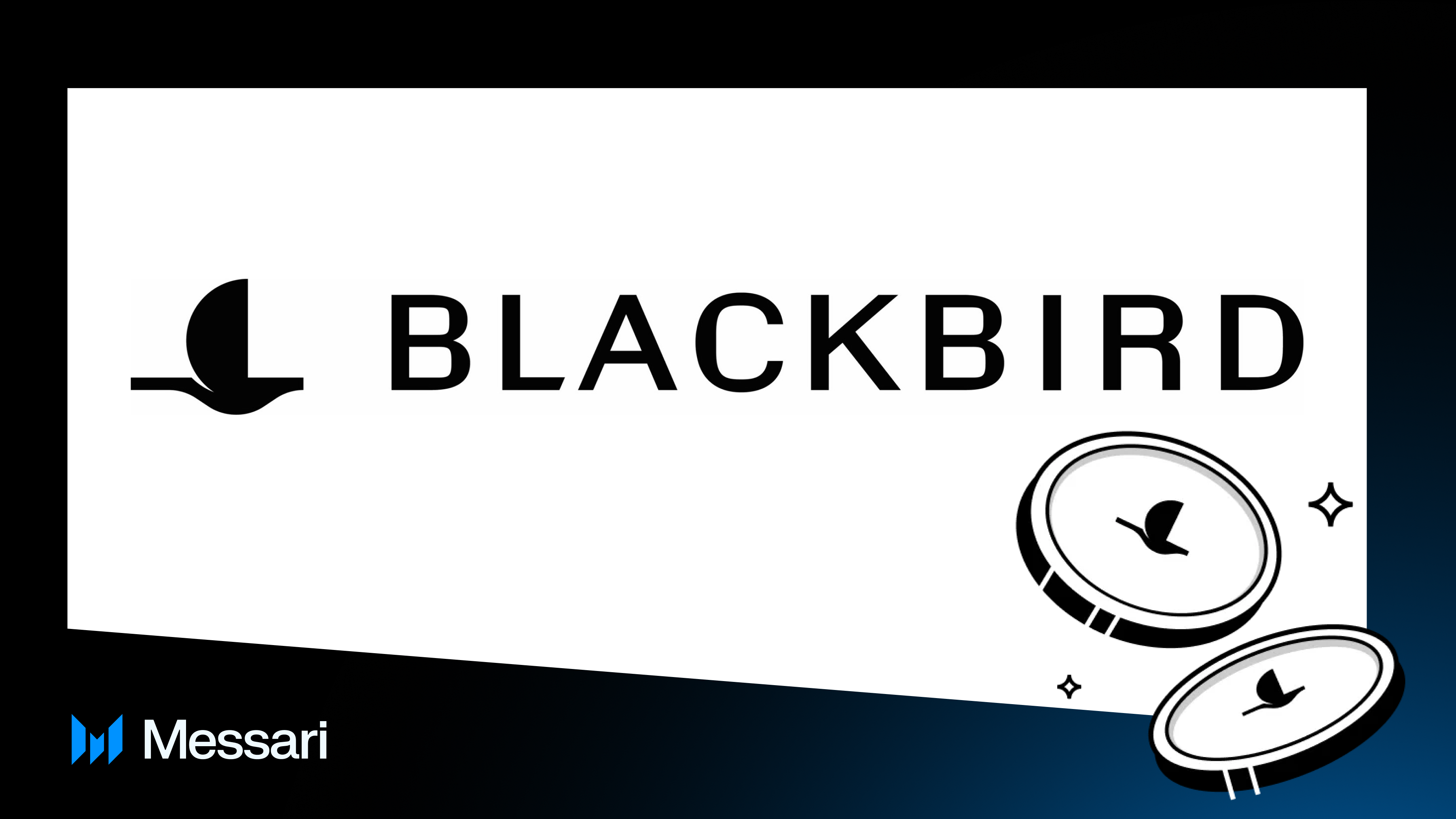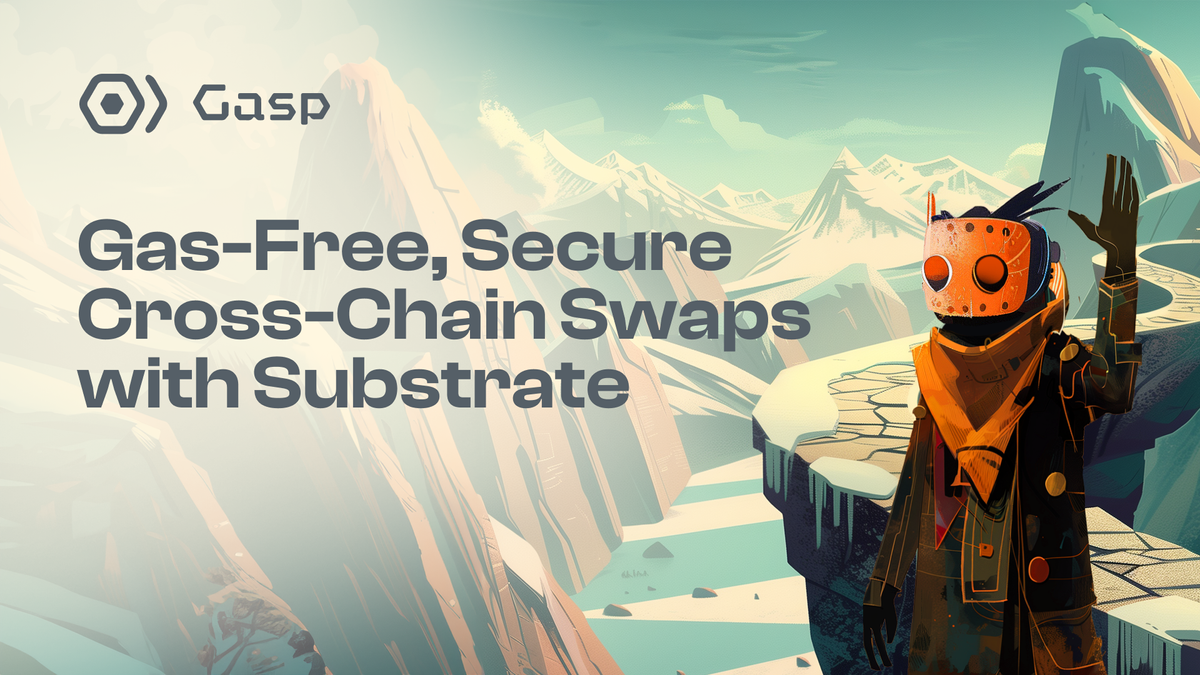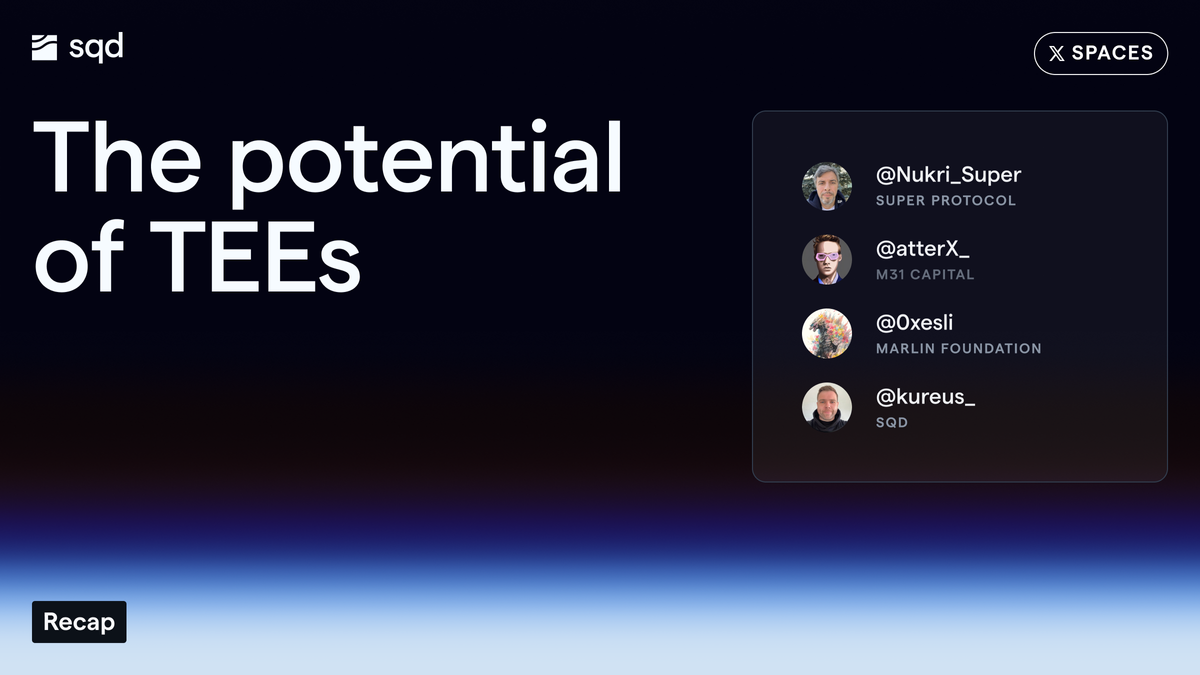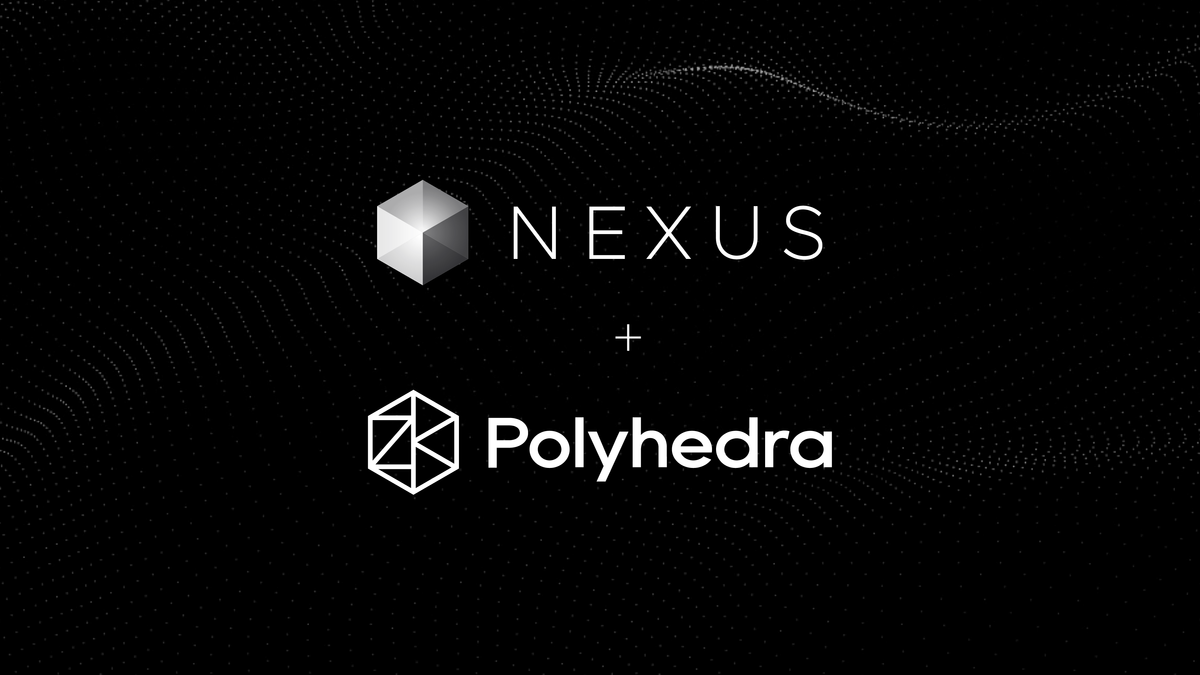Signum Newsletter 13
Weekly alpha for your weekend reads
This edition of the newsletter dives into Based Rollups and how they enhance composability and decentralization, but may limit sequencing rules and revenue opportunities. We'll also share some interesting articles, portfolio updates and market highlights.

1. Research Articles
a) Data & AI Ecosystem Fund, Asgard Upgrade, and Chromia Extensions
• Chromia is expanding its ecosystem. They've launched a $20 million fund to support AI and data-focused projects.
• They're also upgrading to Asgard Mainnet and introducing Chromia Extensions for customizable functions. This will allow for more dapps and integrations.
b) ON-271: DePIN
• DePIN is a growing crypto sector aiming to decentralize physical infrastructure. Most focus on virtual services (AI, computing), with some offering physical ones (wireless, energy, sensors).
• Most investors expect the DePIN sector to grow onchain revenues from $20M to $50M-$100M ARR or more, while increasing market cap dominance from 8-10% to 10-15% of all altcoins.
c) USDC and CCTP are coming to Sui
• Sui is a L1 blockchain that offers fast, secure, and scalable infrastructure for developers. With the upcoming launch of native USDC and CCTP, Sui aims to become a more accessible and interconnected platform for building various applications.
d) Blackbird
• Blackbird helps over 200 restaurants increase their margins with a crypto loyalty program, shifting ownership of diner data from 3rd party apps to restaurants.
2. Portfolio Highlights
a) SendingNetwork
• SendingNetwork's Edge Router A1 allows users to share unused bandwidth to earn income and contribute to a decentralized web3 infrastructure.
• This router boasts high performance and enables decentralized mining, marking a shift towards decentralized home networks.
b) Soneium
• Sony created a public blockchain called Soneium to bridge Web2 and Web3. Soneium is built on Ethereum's Layer 2 (L2) and aims for easy use, widespread adoption, and fostering innovation in areas like entertainment, gaming, and finance. They have strong partnerships with companies like Astar Network, Chainlink, and Circle (USDC).
• Circle and Sony Block Solutions Labs have announced a strategic collaboration to integrate Bridged USDC Standard on Soneium L2 aiming to drive innovation and creativity.
• This partnership seeks to redefine digital entertainment and finance by establishing bridged USDC as a primary token for value exchange on Soneium, potentially unlocking new opportunities for creators and users worldwide.
c) Gasp
• Substrate, a blockchain development framework, is used to build Gasp, a cross-chain communication platform. Substrate's flexibility, security, and application-specific chain benefits make it a popular choice for blockchain development.
• Gasp leverages Substrate's modular architecture to facilitate highly secure and gas-free swaps, reducing transaction costs and increasing efficiency.
d) Squid
• TEEs, a type of hardware-based security, are becoming popular in crypto due to their availability, affordability, high performance, and ability to integrate with other cryptographic technologies.
• They offer various benefits like trustless ingestion, verification of query results, and trustless indexing. TEEs are used in products like SQD and Marlin for secure computations and decentralized frontends.
e) Polyhedra Network
• Nexus and Polyhedra Network have partnered to develop a high-performance zkVM using the GKR protocol. Polyhedra's expertise in ZK technology, particularly with the Expander GKR prover, will significantly enhance the efficiency and scalability of the Nexus zkVM.
• This collaboration aims to push the boundaries of verifiable computation and contribute to the development of a new, verifiable internet.
f) BOB
• BOB Stake is a new platform that allows users to stake Bitcoin with just one click. This simplifies the process and opens up new opportunities to earn rewards on your Bitcoin holdings.
• BOB Stake integrates with various DeFi protocols, allowing you to leverage your staked Bitcoin for additional benefits.
g) Artela
• The third phase of the Artela testnet, Renaissance III, is the final stage before the mainnet launch.
• Users can earn rewards by completing tasks and interacting with AI on the ART Home platform. Key milestones include the launch of staking and the Capila Planet game.
3. Based Sequencing - Based Rollups
Introduction
A rollup is considered "based" or “L1 sequenced” when its sequencing is directly determined by the base layer - L1. Specifically, based rollups are a class of L2s that leverage the inherent sequencing capabilities of an L1 proposer. In this setup, L1 proposers, in collaboration with L1 searchers and builders, can permissionlessly include the next rollup block in the subsequent L1 block. This design significantly enhances composability among rollups, fostering seamless interactions and interoperability between them.
By relying on the L1 for sequencing, based rollups achieve greater asynchronicity, allowing them to operate and finalise transactions in a more decentralised and reliable manner. This approach harnesses the decentralisation, security, and liveness properties of the base layer, ultimately enabling a more optimized and efficient scaling solution that maximizes the benefits of the underlying L1 network while promoting a more cohesive and interconnected rollup ecosystem.
Status quo
There are two main types of rollups commonly used to scale the Ethereum L1:
a) Optimistic Rollups
They operate by assuming that all transactions are valid when they are submitted to L1. Instead of verifying them right away, they rely on a challenge period where other participants can dispute any fraudulent transactions. This design helps reduce the need for constant verification but opens the possibility for fraud to be challenged and corrected later.
b) ZK-Rollups
This takes a different approach by generating cryptographic proofs, to instantly verify the correctness of transactions before they are submitted to L1. This method is computationally more intensive but does not require a challenge or dispute period, as every transaction is mathematically proven to be valid before being finalized on the underlying L1.
However, both approaches depend on their own sequencing mechanisms, introducing a centralizing element and a single point of failure.
Based Rollups
When multiple rollups are sequenced by L1, they enjoy asynchronous composability within any L1 slot. In this model, the L1 proposer operates as the L2 sequencer for various rollups, effectively acting as a unified sequencer for all based Rollups. This arrangement facilitates smooth cross-rollup transactions and interactions directly at the base layer.
This approach contrasts with most current rollup solutions that rely on third-party interoperability protocols, such as arbitrary messaging protocols, bridges, or bridging routers, which can introduce potential liveness issues and create single points of failure outside the core protocol. In contrast, L1-based sequencing provides an in-protocol solution that directly leverages the inherent liveness and security guarantees of the Ethereum validator set. This not only enhances reliability and reduces dependencies on external solutions but also fosters a more robust and secure cross-rollup ecosystem by building on Ethereum's decentralized foundation.
Advantages of based Rollups
a) Liveness
Based rollups inherit the same liveness guarantees as their underlying L1, in particular Ethereum. This contrasts with non-L1-based rollups that rely on fallbacks like escape hatches which allow users to withdraw assets from the L2 onto the L1, in case of any sequencing outages or liveness issues.
b) Decentralisation
L1-based sequenced Rollups can leverage the existing decentralization of their underlying network. By leveraging L1 proposers for sequencing, rollups benefit from this decentralization without needing to build their own decentralized infrastructure from scratch. This makes L1 sequencing one of the simplest and most effective ways to achieve a decentralized sequencer for a rollup, while maintaining its efficiency and scaling properties.
c) Simple and Consensusless
L1-based rollups are easier to design and maintain compared to both centralized and decentralized rollup sequencers because they inherit the security and consensus mechanisms of Ethereum. By relying on the L1 consensus layer, rather than implementing their own, based rollups avoid the need for a separate consensus process. This simplifies the overall design, as transaction ordering and block building is handled by the ethereum validators, making the rollups more efficient and easier to manage. Despite Ethereum’s consensus being slow and costly, it is one of the most secure, which enhances the reliability of based rollups.
d) Execution optimization
Based rollups tend to optimize the execution environment, potentially using new VMs that are more efficient than the EVM itself, used by many usual rollups. Usual rollups often stick closely to the EVM standard, which makes them compatible with Ethereum, but possibly less optimized for rollup-specific tasks.
Possible Tradeoffs
a) Missing out of “Revenue”
Based Rollups forgo MEV revenue, instead relying solely on base fees for income. Interestingly, this approach directs more value back to the base layer (L1) and its validators. In the current rollup landscape, a "winner-takes-all" model tends to favour centralized sequencers, as they benefit from a monopoly on transaction sequencing and ordering. However, shifting away from this centralized control encourages rollups to develop new, sustainable revenue models that bring long-term value back to the rollup itself or the applications built on top of it.
b) Token utility
Current rollup designs have yet to find a meaningful way to accrue value for their native tokens, and this challenge will be even greater for Based Rollups. Since gas fees and decentralization are tied to ETH and the underlying L1, the idea of achieving "network decentralization through a native token" is becoming obsolete. As a result, L2’s must reevaluate their memecoins and develop models that provide real utility and value in the ecosystem, otherwise they deserve going to 0.
c) Limited sequencing rules and Capabilities
Delegating sequencing to the L1 restricts the ability to customize sequencing rules, making certain services and approaches more challenging, or even unfeasible. One such feature are Preconfs, which will likely require the implementation of inclusion lists or CRLists to ensure that proposers are disincentivized or penalized, such as through slashing, if they act maliciously or attempt to censor L2-sequenced transactions in order to extract value and profit their own operations.
Conclusion
Based Rollups could represent a major shift in Ethereum scaling by delegating Rollup sequencing to Layer 1 proposers through proposer-builder separation (PBS). This approach allows L1 to manage all sequencing tasks for the Rollup, while expanding MEV opportunities and driving more value to the underlying L1, all while preserving maximal decentralization for Rollups.
Although it's still uncertain whether Based Rollups are the definitive solution for decentralization, efficiency, and alignment, they stand as a crucial innovation in secure and decentralized scaling.


